Laparoscopic Cholecystectomy Surgery
Laparoscopic cholecystectomy surgery is the removal of the gallbladder. Thanks to laparoscopy technology, the gallbladder is removed by small incisions thrown into the abdomen. At this stage, the surgeon uses two thin tools and a video camera, monitoring the procedures through the monitor. In this highly reliable method, the risk of complications is less than 2 percent. Therefore, it is also one of the most frequently performed surgical operations.
What is Laparoscopic Cholecystectomy?
Laparoscopic cholecystectomy means gallbladder in the medical literature. The gallbladder has the appearance of pears and clings to the liver. Their task includes storing, intensifying the bile produced in the liver, secreting bile for the twelve finger intestines if necessary, intensifying it, helping fat absorption, pouring bile into the bile duct during digestion and separating fats into tiny parts in large numbers.
With the age of people over time, stone formation is observed in the gallbladder or bile duct. The combination or gradual growth of abnormal or normal bile components is expressed as gallstones, forming crystal structures in the body. Most of the stones are cholesterol stones. They occur mostly due to unhealthy nutrition, as well as genetic factors. These gallstones are extremely harmful to the body
Although bile is an element of the digestive process, it is not mandatory to survive. Therefore, there is no harm in taking it completely. If necessary, the drugs given by the physician are used after the surgery, allowing the body to digest as usual.
What Area Is Laparoscopic Cholecystectomy Looking At?
General surgery department deals with the disorders that occur in the gallbladder. Laparoscopic cholecystectomy surgery is also performed by the general surgery specialist. Usually, patients can resort to internal medicine (internal diseases) because they do not know the exact cause of the pain they feel in the abdominal areas. The physician first examines the patient and listens to his/her story. Then the necessary tests and tests are applied. After the stones in the gallbladder are detected, the necessary directions are made.
If the patient needs gallbladder surgery during pregnancy, it is important at what stage of pregnancy. In the first trimer, the expectant mother is kept under observation if she has complaints such as pain and nausea. If there is a risk of inflammation of the gallbladder, the operation can be performed. In this regard, the opinions of obstetricians and gynecologists are also consulted. Surgery is performed when it is decided that it will not adversely affect the mother or baby.
What is Laparoscopic Cholecystectomy Surgery?
Laparoscopic cholecystectomy surgery is performed for the purpose of removing the gallbladder. The use of the developing technology during the operation both makes the procedures applied safer and allows the patient to recover in a short time as intended. The camera with advanced feature is preferred for the operation and there is no lamp at the end of the camera used. There are hundreds of watts of cold light sources.
The fiberoptic cable transmits the light here to the telescope. The telescope is also connected to the camera and allows the surgeon to follow the operation on the screen. The operation ends approximately 30 to 60 minutes depending on the patient's condition. It is possible to perform the operation for all age groups. In general, it is widely observed in patients over 60 years of age.
How to Perform Laparoscopic Cholecystectomy Surgery?
During laparoscopic cholecystectomy surgery, the patient is under general anesthesia. Thanks to intravenous drugs or gases inhaled by the patient, all muscles relax and no pain is felt. The surgeon is made an incision of an average length of 1 – 1.5 centimeters, around and below the belly. The Veress needle is a special needle placed in the abdominal cavity and is known for being thick. Carbon dioxide gas is used to inflate the abdomen. In this way, laparoscopy instruments easily enter through the created cavity.
By removing the veress needle, the pipe called trokar is passed through the same place. Carbon dioxide is prevented from escaping. The Trokar telescope illuminates the abdomen and transmits the image it receives with the camera to the monitor. For other instruments besides the camera hole, 2 or 3 holes are drilled on the right side of the abdomen and in the lower part of the xysifoid bone. The instruments ensure that the gallbladder is easily held, first the canal and then the artery are connected. The gallbladder, which sticks to the liver, is separated using cautery and endoscopic scissors.
The gallbladder is released in the abdomen and is removed from the incision under the xysifoid bone or the incision in the belly. If these incisions are not large enough to remove the gallbladder, the neck part is removed first. Then the bile in it is absorbed by aspiration. However, if it cannot be taken out, the stones will break down and the bile will be emptied and reduced. After the gas in the abdomen is discharged, the incisions are closed with 1 – 2 stitches.
Laparoscopic Cholecystectomy Surgery
Symptoms of laparoscopic cholecystectomy include pain in the back and lower right part of the abdomen. Gallstones cause the gallbladder to swell. Vomiting, fever and indigestion are observed in the patient. Jaundice can occur if the main canal is clogged with gallstones. In this regard, it is important for the patient to have surgery without being late. For early diagnosis and treatment, the patient should consult the physician as soon as he or she starts to feel bad.
ECG and chest X-rays are taken and blood values are examined by analysis taking into account the medical and age status of the patient before laparoscopic cholecystectomy surgery. The patient should not drink or eat anything, including water, from the night before the operation. However, medication or a small amount of water can be drunk as determined by the surgeon. It is essential to obtain the approval of the physician. Dietary drugs, smoking, blood thinners or anti-inflammatory medications should be discontivated 2 weeks before the date of surgery.
What are the Advantages of Laparoscopic Cholecystectomy Surgery?
Laparoscopic cholecystectomy surgery is frequently performed and is very reliable. The small number of incisions made in the operation also reduces the number of seam marks and is extremely advantageous cosmetically. The patient recovers shortly after the operation. It will be enough to stay under observation for a short time. The day after laparoscopic cholecystectomy, the patient can start walking and showering.
In general, although the pain severity is high in operations performed by cutting the abdomen, this is not the case after laparoscopic cholecystectomy. Light pain that may occur with simple painkillers is also prevented. The fact that all procedures are completed with small incisions also reduces the risk of complications, infections, incisional heredities, pain and fascia separation of the surgical wound. Intra-abdominal adhesion is also unlikely to develop after surgery.
Laparoscopic Cholecystectomy Postoperative Process
After laparoscopic cholecystectomy, the patient stands up after approximately 8 hours and is able to get food through the oral tract. There may be a slight pain after the operation, for which the physician solves the problem by giving painkillers. The patient can be discharged on the same day, but in general he is asked to stay in the hospital for 1 night. The absence of drains and little stitching due to the small incisions ensures that the patient has a comfortable healing process.
The risk of trocar infection after surgery is between 1 and 2 percent. The probability of serious bile duct injuries is known as 0.3 – 0.6 percent. The patient can return to weight lifting, climbing stairs, driving, working and school life after 1 week. Usually, a general surgery specialist is checked in the following 2 weeks. Laparoscopic cholecystectomy surgery is extremely low in lung and heart complications compared to open surgery.
https://www.mayoclinic.org/tests-procedures/cholecystectomy/about/pac-20384818

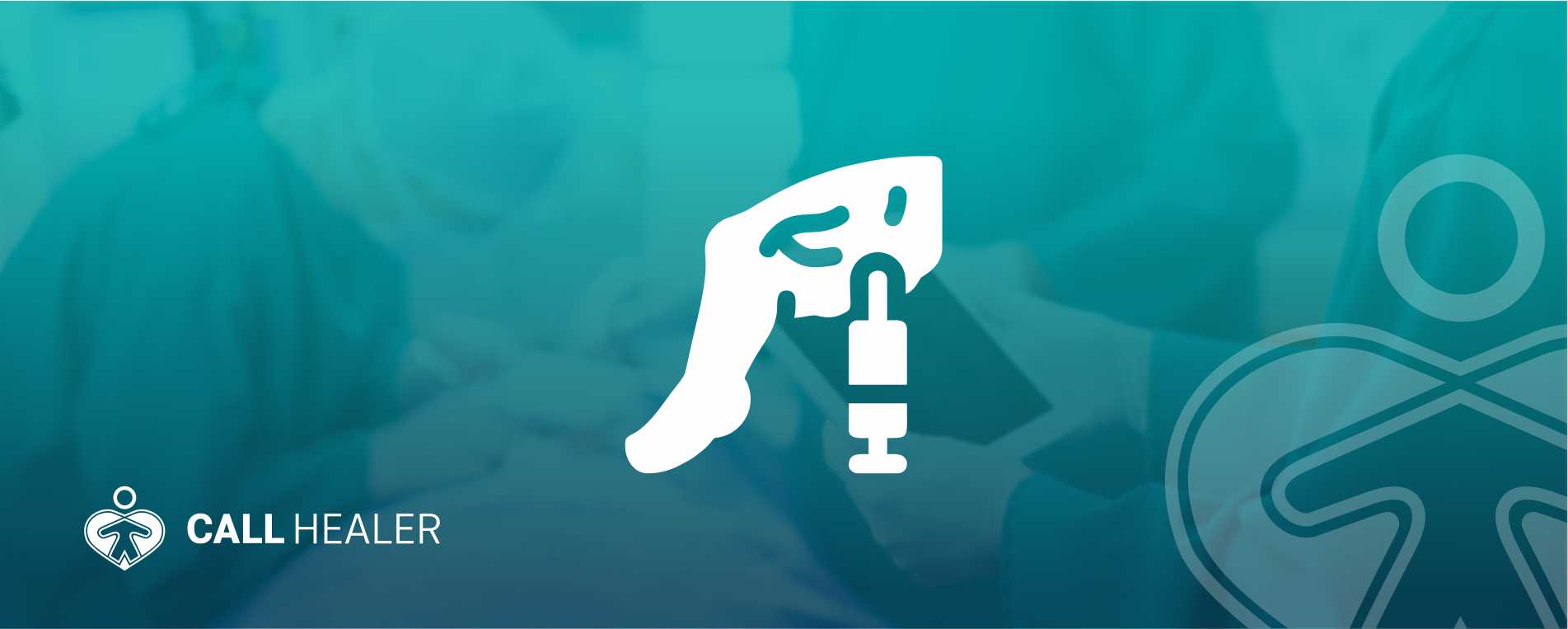
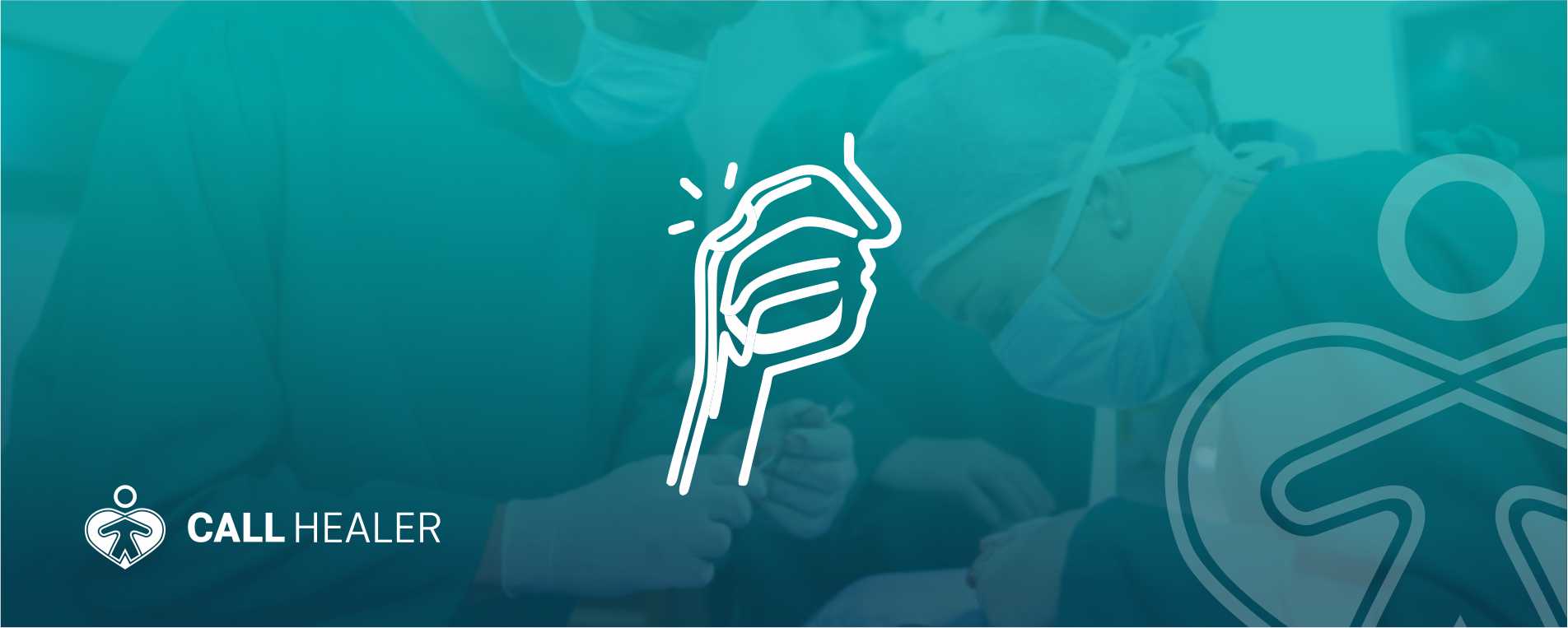
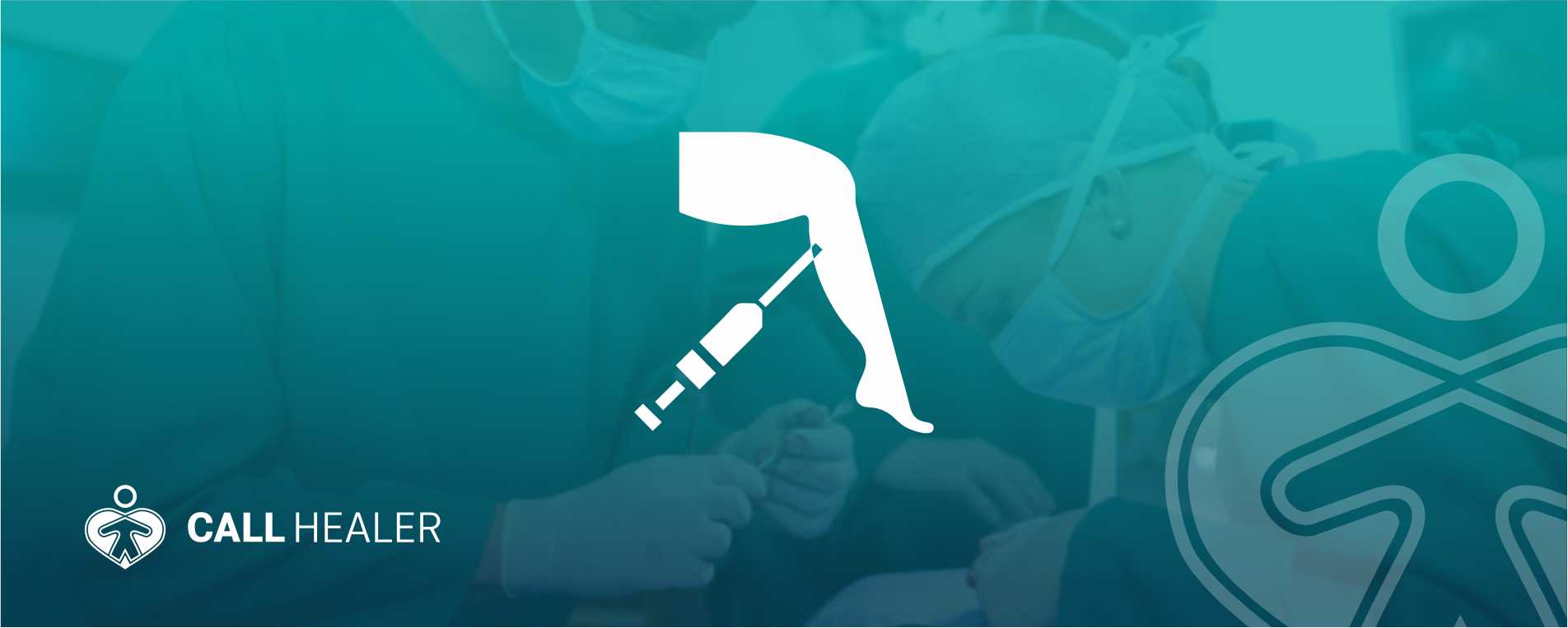
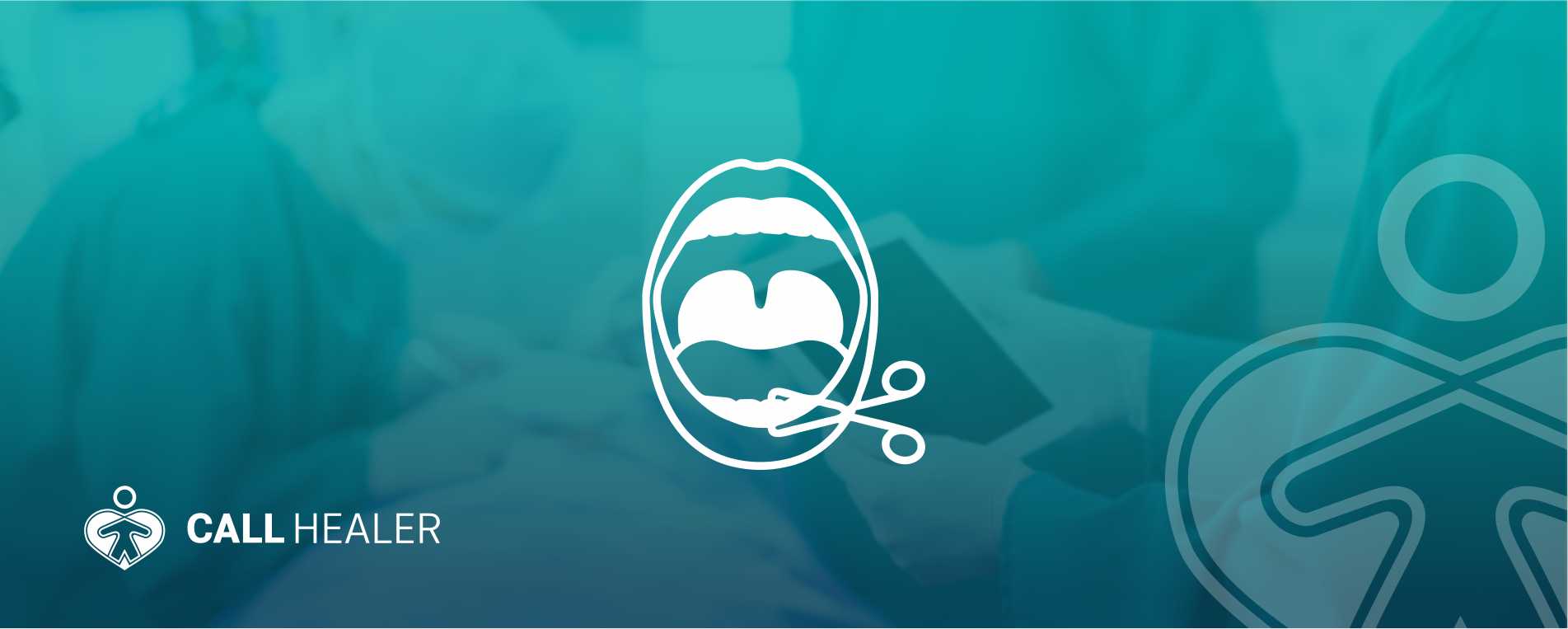
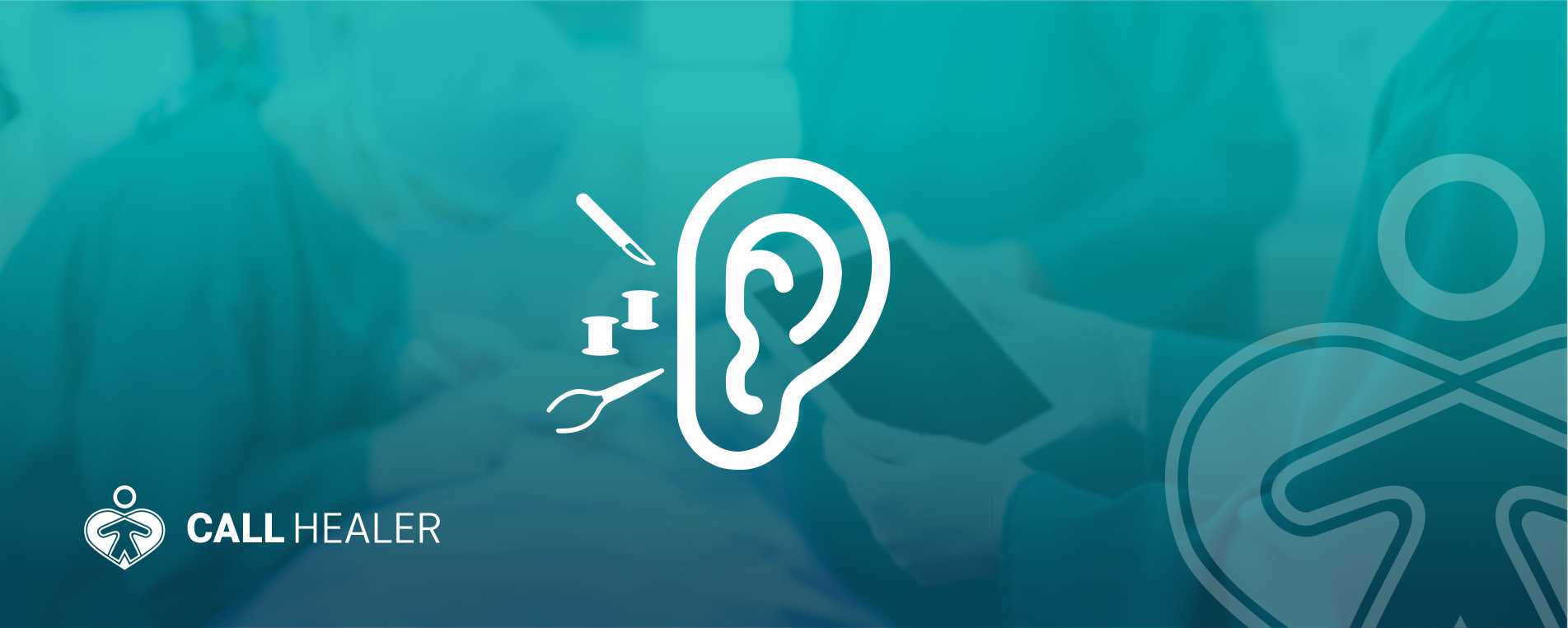
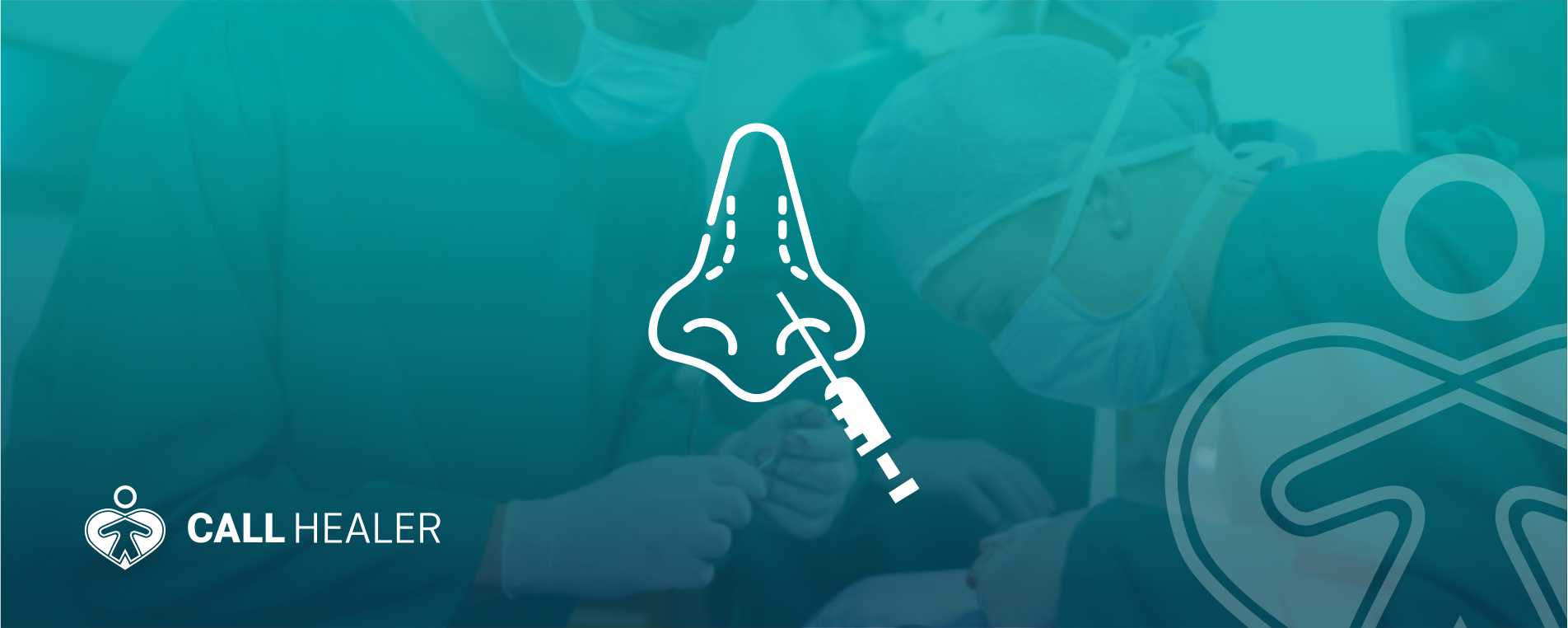
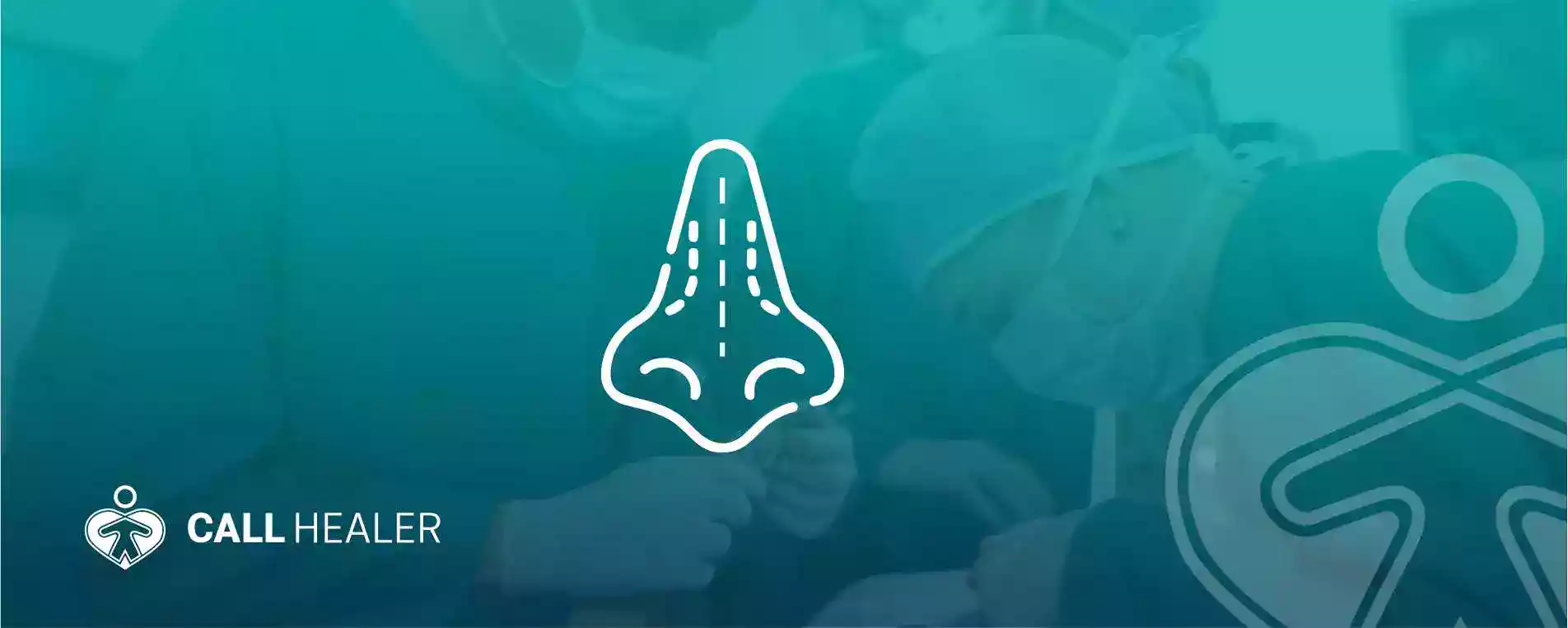

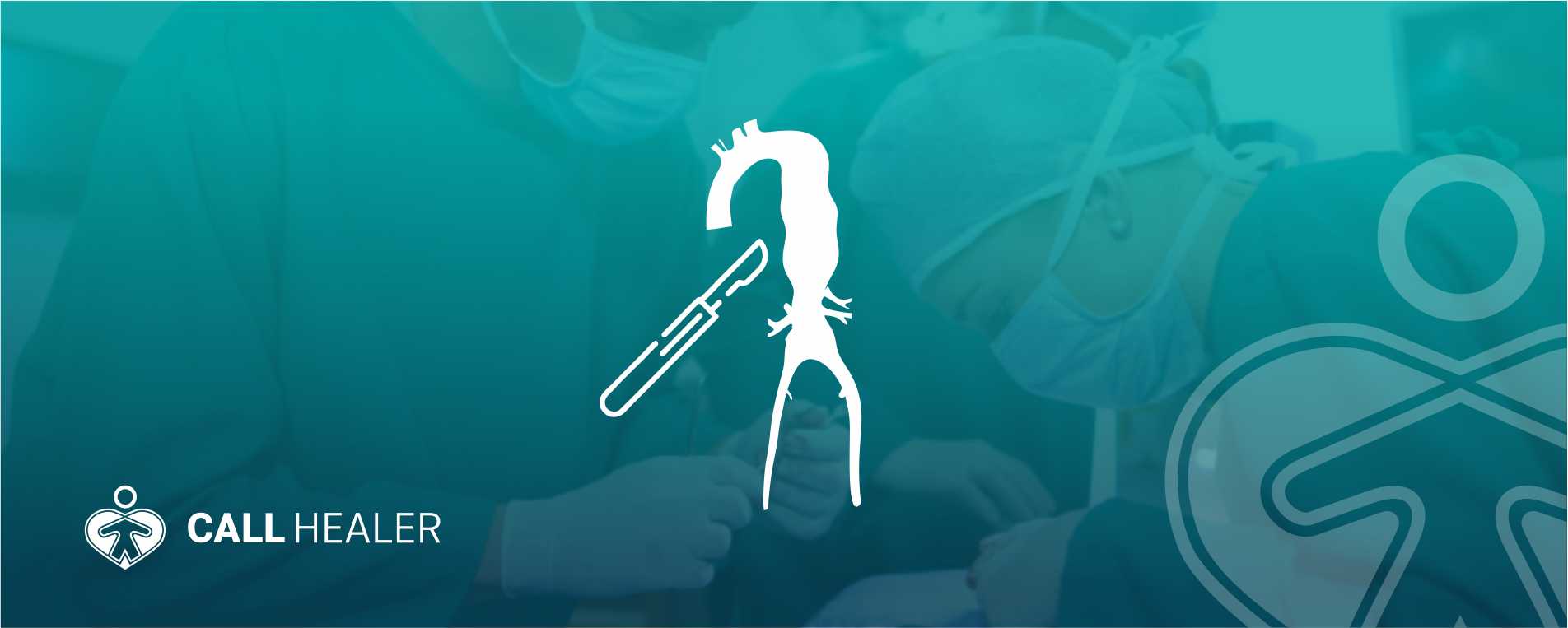
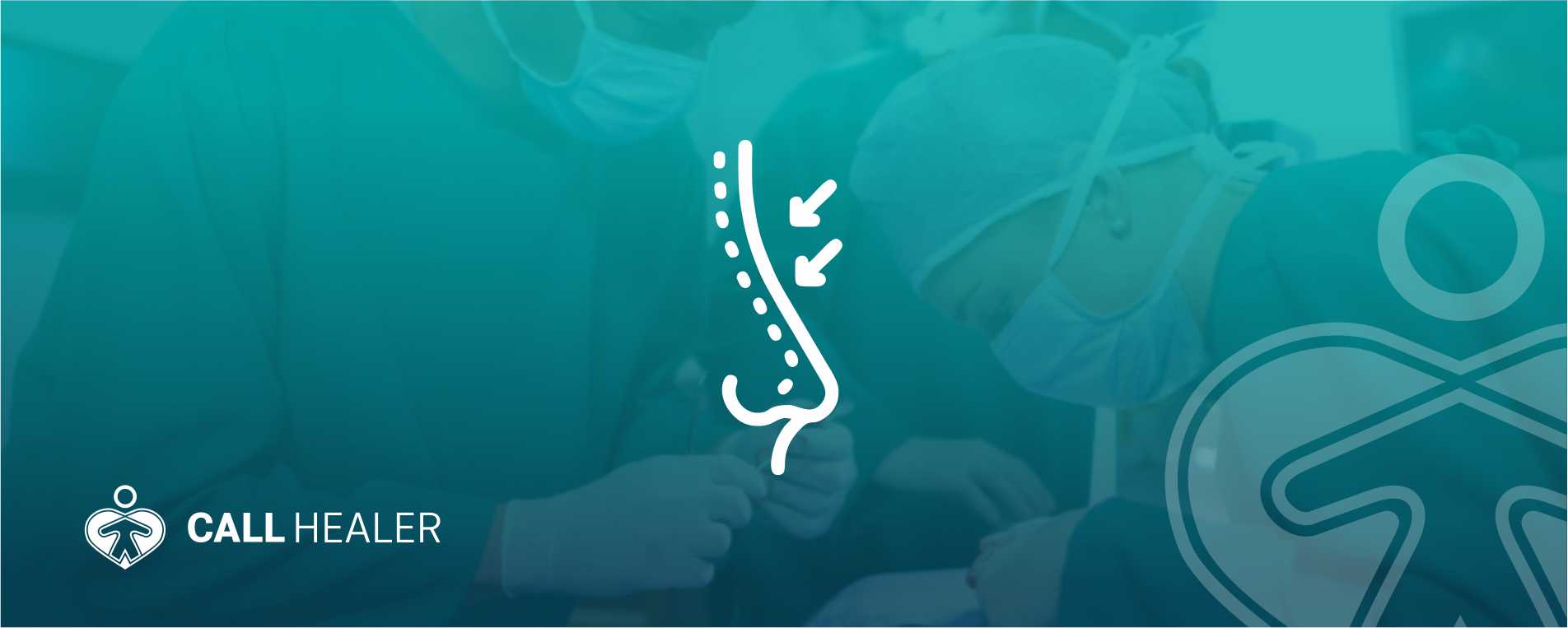
{{translate('Yorumlar')}} ({{yorumsayisi}})